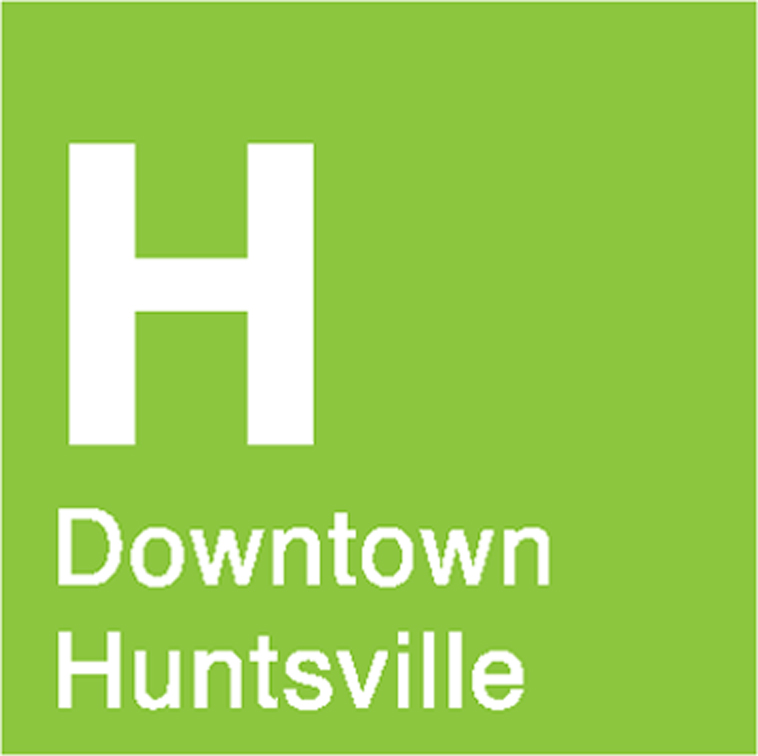Maynard Cooper & Gale, P.C.
November 30, 2018
On March 21, 2018, Alabama Governor Kay Ivey nominated 158 population census tracts, including 10 in Madison County, for designation as “qualified opportunity zones” pursuant to the Tax Cut and Jobs Act of 2017 signed into law by President Trump on December 22, 2017. As of July 9, 2018, the final list of qualifying Opportunity Zones was published by the IRS in Notice 2018-48.
Ten Opportunity Zones were certified in Madison County, including the following locations: Downtown Huntsville; west Huntsville and the adjacent area south of US-72; the area surrounding Oakwood University; the University of Alabama at Huntsville, the nearby Hillandale and Westlawn neighborhoods, and the communities north of UAH; the area west of UAH, including Bridge Street Town Centre and the former Madison Square Mall; areas east of North Memorial Parkway around Oakwood Avenue NW; and Alabama A&M University, the adjacent communities, and the area southeast of the University.
Opportunity Zones are a place-based incentive designed to attract investment capital in low-income communities throughout the United States (including, the District of Columbia and U.S. territories) by incentivizing taxpayers to defer capital gains through qualifying Opportunity Zone investments as contemplated under the Section 1400Z-2 of the Internal Revenue Code (the “OZ Statute”).
Under the OZ Statute, taxpayers may elect to exclude from federal taxable income gains from the sale or exchange of property (“deferred gains”) provided, among other things, such gains are invested in a certified “qualified opportunity fund” (“QOF”), in exchange for an interest in such QOF, within 180 days of such sale or exchange. In order to qualify as a QOF, an entity must (i) be a corporation, partnership, or limited liability company taxed as a corporation or partnership, (ii) self-certify using IRS Form 8996, and (iii) hold at least 90% of its assets in qualifying investments (“qualifying investments”), either directly or through qualifying corporations or partnerships, in certified Opportunity Zones. Qualifying investments generally include the purchase of new property and the “substantial improvement” of existing property. At least 50% of the total investment in an existing property (including purchase and improvement costs) must be attributable to improvements to satisfy the “substantial improvement” test and be a qualifying investment.
Although taxes on gains may be deferred by investing in QOFs, the deferred gains are ultimately subject to federal taxation on the date that the taxpayer sells its interest in the QOF or December 31, 2026, whichever comes first. However, a taxpayer will receive 10% and 5% tax reductions if the QOF interest is held for 5 years and 7 years, respectively. Additionally, and importantly, if the QOF interest is held at least 10 years, the taxpayer’s basis in its QOF interest is, at the election of the taxpayer, adjusted to be equal to the fair market value of such QOF interest on the date it is sold or exchanged. In other words, under the right structure, a taxpayer may be able to defer taxes on gains until at least December 31, 2026 and could avoid federal income tax altogether on any additional gains in excess of the deferred gains if the QOF investment is held for at least 10 years.
On October 19, 2018, the IRS and the U.S. Treasury released the first tranche of the expected series of clarifying guidance related to the implementation of Opportunity Zones (in the form of proposed regulations, a revenue ruling, updated FAQs, and various tax forms including a draft of Form 8996; collectively referred to as the “Guidance”). Among other things, the Guidance provided that (i) land is exempt from the new or “substantial improvement” requirement set forth in the OZ Statute, (ii) in certain circumstances, new construction and “substantial improvement” projects have up to 31 months to be completed, (iii) a QOF may invest in any partnership or corporation if such entity holds at least 70% of its assets in qualifying investments, and (iv) the incurrence of project debt will not dilute a taxpayer’s interest in a QOF, making the real estate industry the big winner of the first round of clarifying guidance. While many issues remain for operating businesses to utilize Opportunity Zones, future guidance may provide relief to encourage investments in businesses outside of real estate development.
Overall, the favorable placement of the ten certified Opportunity Zones in Madison County, combined with the flexibility of the recently proposed Guidance, provides governments, businesses, and real estate developers significant opportunities to harness the potential of Opportunity Zones. By providing taxpayers with an accessible incentive to defer capital gains and promoting long-term investments, these Opportunity Zones present the prospect of tremendous economic growth and development in and around the City of Huntsville.
For more information on the Opportunity Zones, or for help in assessing whether a particular project, property, or investment would be eligible for the program, please reach out to one of the experienced professionals in the Economic Development and Incentives, Fund Formation and Investment Management, Public Finance, or Real Estate practice groups at Maynard Cooper & Gale, P.C.
No representation is made that the quality of legal services to be performed is greater than the quality of legal services performed by other lawyers.
UAH Image Bridge Street Town Centre Image City of Huntsville Image





